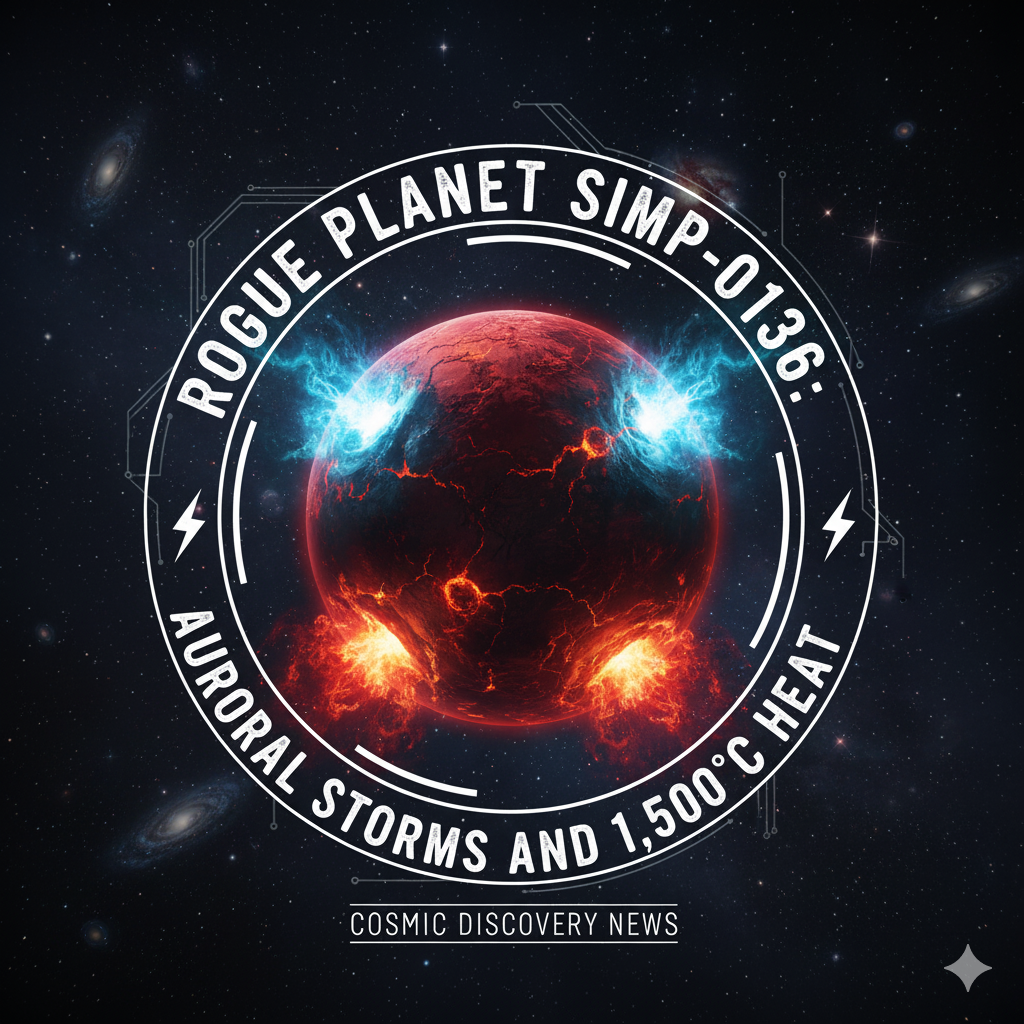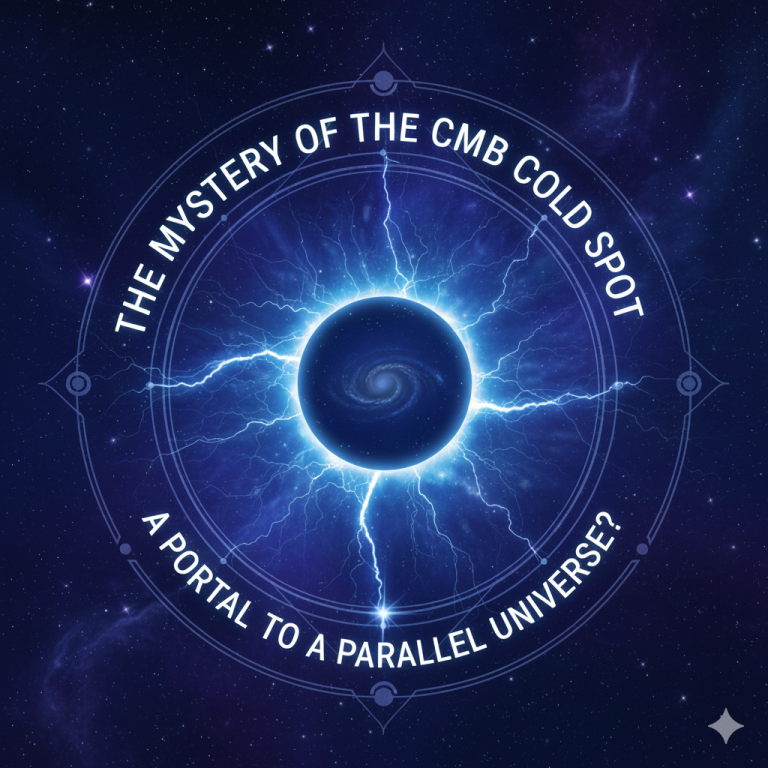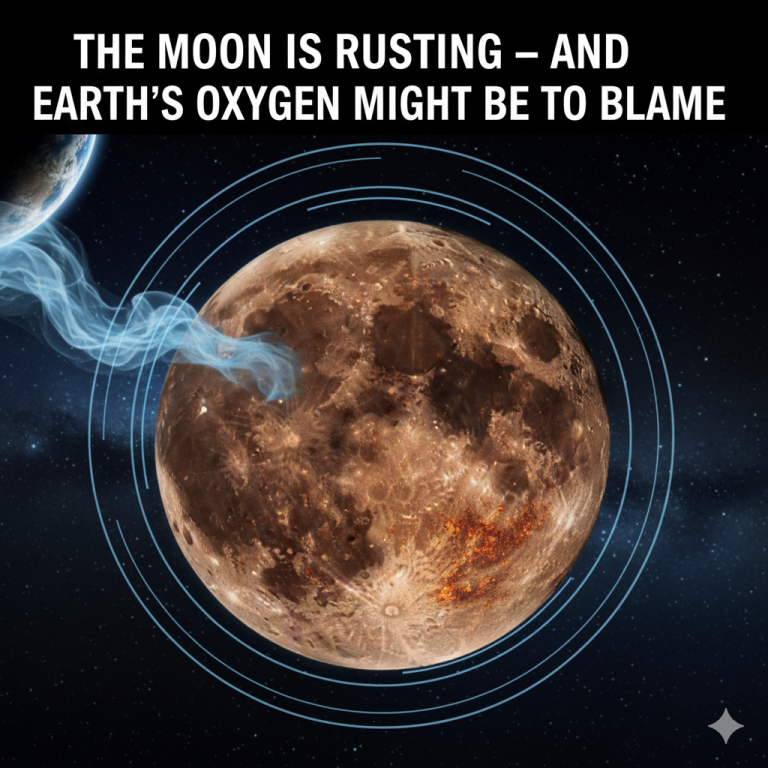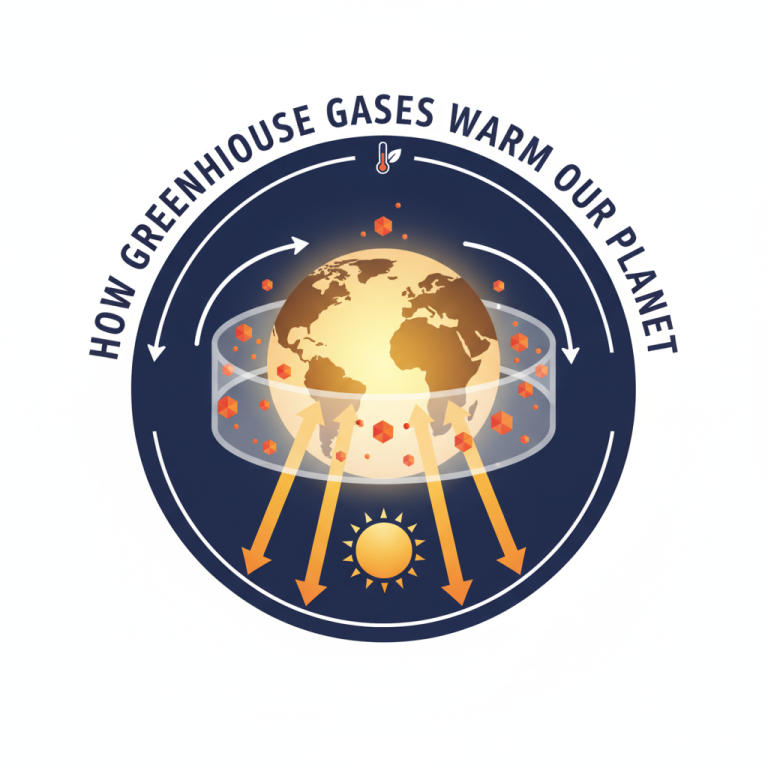Rogue Planet Aurora: Storms and 1500C Heat?
The existence of auroral storms on a rogue planet represents a groundbreaking discovery in astrophysics, challenging our fundamental understanding of planetary science and magnetic field generation. A rogue planet, also known as an interstellar planet, is a planetary-mass object that does not orbit a star but instead travels freely through the cold, dark expanse of the galaxy. Scientists recently detected a Jupiter-sized rogue planet, roughly 15 to 20 times the mass of Jupiter, emitting spectacular, planet-wide auroral displays. This is astonishing because auroras on planets within a solar system, like Earth’s Northern Lights or Jupiter’s aurorae, are typically powered by solar wind particles interacting with the planet’s magnetic field. A lone rogue world, untethered from any stellar wind, should theoretically be dark and silent. The leading hypothesis for this phenomenon involves an internal cosmic dance: the planet’s immense magnetic field is likely generated by a superheated, molten core, and it may be interacting with a close-orbiting moons of rogue planets or a thick, ionized atmosphere. This interaction could create powerful electrical currents, energizing charged particles that then cascade down magnetic field lines into the planet’s atmosphere, colliding with gas molecules to produce the brilliant, swirling auroral light shows observed from vast interstellar distances.
The detection of extreme surface temperatures nearing 1500 degrees Celsius on this same rogue planet adds another profound layer of mystery. In the absence of a host star, conventional logic dictates that a rogue planet’s surface should be close to absolute zero, a frozen wasteland. The fact that this object is glowing with intense heat defies simple explanation and points to a complex internal heat engine. The primary source is believed to be a combination of two powerful forces: the intense gravitational contraction and radioactive decay within its core. As the massive planet continues to slowly contract under its own immense gravity, it converts gravitational potential energy into a tremendous amount of thermal energy, heating the interior to extreme levels. This internal furnace, potentially augmented by the decay of radioactive elements, drives violent atmospheric convection currents. These currents transport the intense internal heat to the upper atmosphere and surface, creating a scorching environment. Furthermore, the planet-wide auroras themselves may contribute significantly to the heating; the relentless bombardment of the atmosphere by high-energy particles from the auroral currents deposits vast amounts of energy, effectively turning the entire sky into a giant, planet-enveloping oven and maintaining the surprisingly hellish surface temperature of a rogue planet.
Frequently Asked Questions
Question: How can a rogue planet have an aurora without a star?
Answer: Its aurora is likely powered internally by interactions between its strong magnetic field and a nearby moon or its own ionized atmosphere, rather than by stellar wind.
Question: What is generating the heat on this rogue planet?
Answer: The intense heat is primarily generated by gravitational contraction and radioactive decay in its core, with auroral activity providing additional atmospheric heating.
Question: How was this rogue planet detected?
Answer: It was likely detected through a combination of radio astronomy, picking up its auroral radio emissions, and infrared telescopes, which sensed its thermal signature.
Question: Could life exist on such a planet?
Answer: It is highly improbable due to the extreme temperatures, lack of a sunlight-based energy source, and intense radiation from the auroras.
Question: What is the difference between a rogue planet and a brown dwarf?
Answer: A brown dwarf is a substellar object that can undergo limited fusion, while a rogue planet is a planetary-mass object that does not.
Question: How common are rogue planets thought to be?
Answer: Some theories suggest there could be billions of rogue planets in our galaxy alone, making them potentially very common.
Question: Does this planet have a magnetic field?
Answer: Yes, the existence of powerful auroras is direct evidence of a strong, dynamically generated magnetic field.
Question: Why is the surface temperature so high (1500C)?
Answer: The heat from internal processes and auroral energy deposition is trapped and circulated by a thick atmosphere, creating a scorching surface.
Question: What does this discovery mean for planetary science?
Answer: It forces a re-evaluation of planetary magnetic fields, heat budgets, and atmospheric dynamics, showing they can persist in interstellar space.
Question: Could there be more rogue planets like this?
Answer: It is almost certain that this discovery will lead to the identification of more such active, hot rogue planets in the future.
Keywords: rogue planet, auroral storms, 1500c heat, interstellar planet, planetary magnetic field, gravitational contraction, atmospheric convection, internal heat engine, brown dwarf, radio astronomy, infrared detection, charged particles, ionized atmosphere, moons of rogue planets, surface temperature of a rogue planet, lone rogue world, auroral light shows
Tags: #RoguePlanet #Aurora #Astrophysics #InterstellarSpace #Exoplanets #PlanetaryScience #MagneticField #BrownDwarf #Astrobiology #SpaceDiscovery




